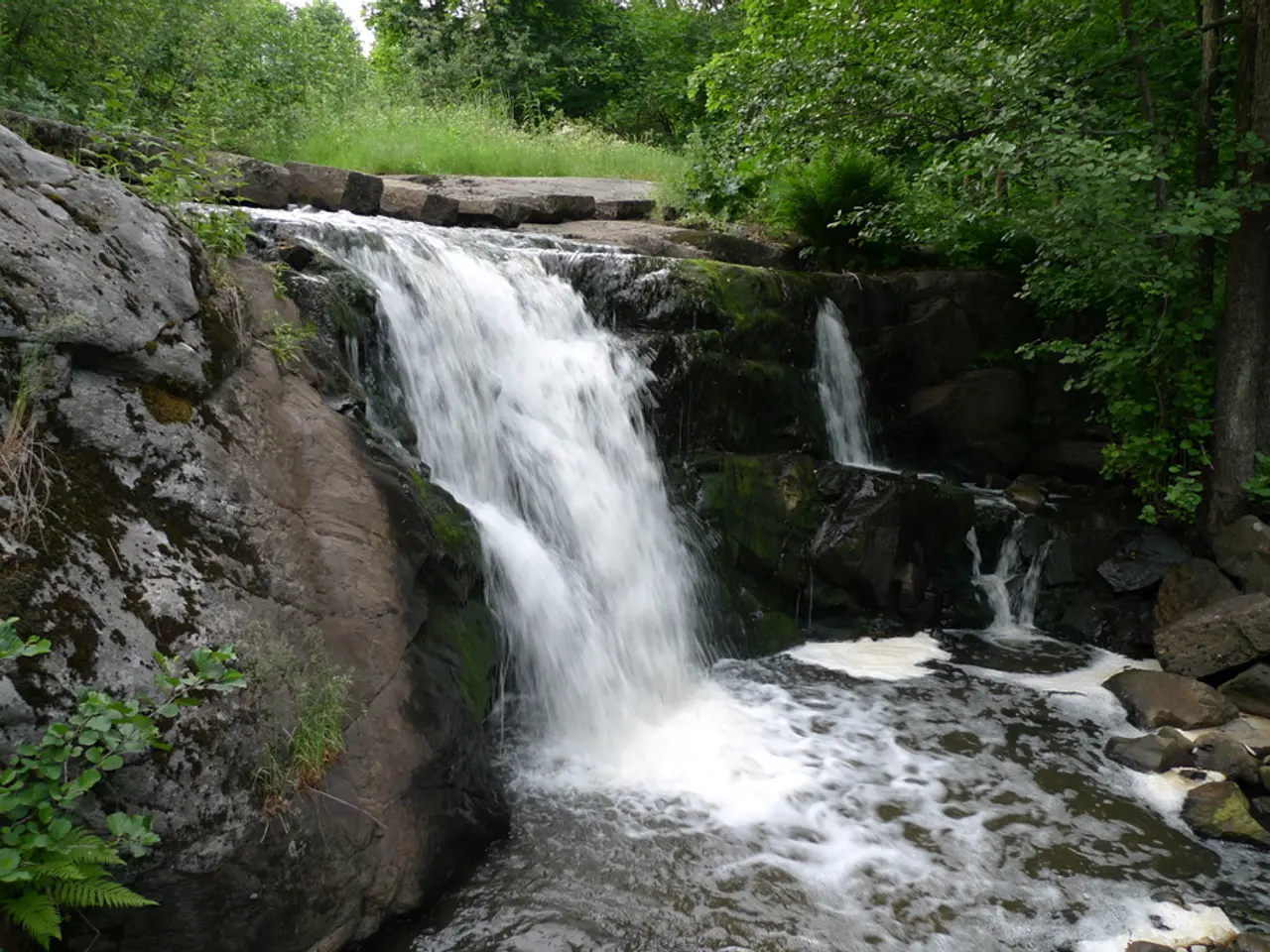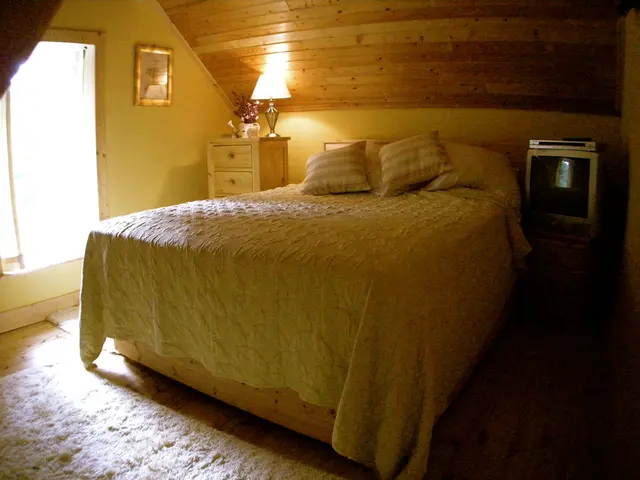instructions on waterfall painting techniques
In the world of art, painting waterfalls presents a unique challenge. The fluidity, movement, and complexity of water require a specific set of techniques to be accurately and expressively depicted. Here, we explore some fundamental strategies for creating stunning waterfall paintings that capture the eye and convey a sense of energy and life.
To effectively simplify shapes and forms in painting waterfalls, it is crucial to identify the main areas of light and shadow and block them in with broad shapes. This lays a solid foundation for the painting and reduces unnecessary detail early on. Using a simplified color palette helps maintain harmony and keeps the focus on the fluidity of water rather than distracting details.
To capture the flow and movement of water, especially in waterfalls, focus on the directional flow of the water forms and splash. Use loose, impressionistic brushstrokes that suggest motion rather than detail. Highlight dynamic aspects like spray and whitewater with textured brushwork or filtered light effects, as these convey energy and movement. Using effects such as motion blur (in digital or simulated media) can enhance the sense of movement; in physical media, imply streaks or drops with quick, confident strokes.
For the use of color in painting waterfalls, employ cool tones like blues and greens for the water itself, with hints of white and light grays to represent foam and spray. Incorporate warm colors subtly in surrounding rocks or reflected light to create contrast and visual interest. Use strong value contrasts to emphasize light hitting the water and shadows beneath or behind to enhance depth.
A sketch of the outlines of rocks, trees, and other objects in the water is important for accuracy and saving time later. For areas of turbulent whitewater, light grays and white are suitable, while for calmer and more transparent areas, more color may be introduced. A simple color block-in provides a foundation for the painting and gives an idea of all shapes and forms.
Capturing the flow and movement of the water is essential to avoid a blocky and rigid waterfall. Cast shadows from surrounding trees or rocks should be considered, as they may be darker than they appear. To indicate wetness on rocks and trees, partial reflections can be painted. The waterfall is broken down into simple shapes, with darks represented by areas in shadow, cast shadows, or dark rocks showing through.
The gesture of the water should be considered, including its speed, direction, and interaction with rocks and other objects. Color can be used to reiterate the form of a waterfall, breaking it down into two parts: light and shadow. The contrast between the rigid rocks and the flowing water is a key feature of waterfall paintings, and it is usually a good idea to push this contrast.
In Sargent's Yoho Falls and The Athenaeum, Mountain Waterfall, the artists demonstrate the art of capturing water movement without excessive detail. Pure white should be used sparingly when painting waterfalls, and most of the time, grays and other weak colors should be used instead.
By employing these techniques, artists can create captivating waterfall paintings that accurately depict the fluidity, movement, and energy of this dynamic and awe-inspiring natural phenomenon. Practice, observation, and study will help refine these skills and produce truly stunning results.
To delve deeper into landscapes, incorporating waterfall paintings into a home-and-garden décor can elevate one's lifestyle, providing a constant reminder of nature's power and beauty. By choosing a waterfall painting that emphasizes fluidity, movement, and energy, it not only serves as an artistic statement but also adds a sense of serenity to any living space or garden landscape painting.




